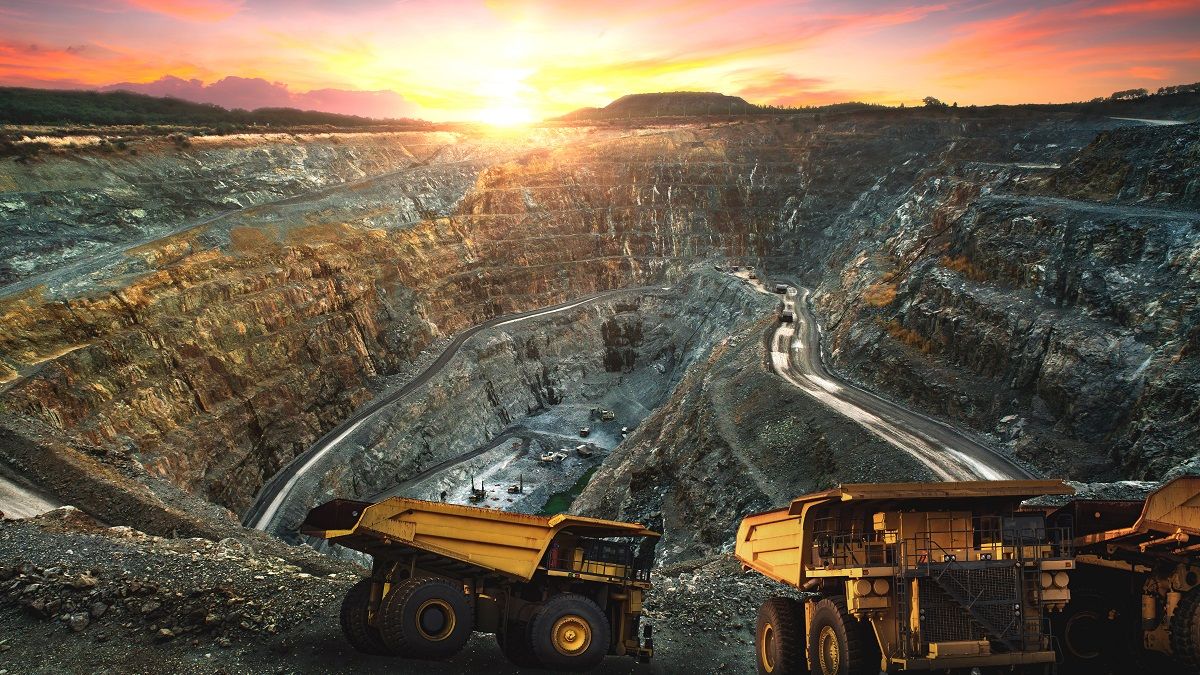Commodity prices should continue to rise on a string of favourable factors, according to Peter van der Welle, strategist at Robeco’s Global Macro Team.
He points out that the asset class has risen 35% in euro terms over the past 12 months, justifying the overweight position Robeco took in commodities for its multi-asset portfolio this time last year.
“That overweight will now be continued due to a combination of positive factors for commodities as the world returns to normality following the pandemic,” says Van der Welle.
He adds: “Deploying our asset allocation framework factors of macroeconomic developments, momentum, valuation and sentiment, we conclude that commodities in general – and metals in particular – have become anything but rusty.
“Instead, commodities still shine, and continue to warrant a portfolio overweight in the near to medium term.”
Price gains
Commodity markets are enjoying strong and positive momentum at this juncture, Van der Welle explains, seeing the strongest price gains on one-month momentum across the multi-asset universe.
He adds that strong short-term momentum gains such as those observed in metals, including copper and aluminium, likely signal further price gains in the near future.
The valuation of commodities has become more favourable, he explains, as can be seen in the roll yield. Technically, the roll return is defined as the change in the futures price minus the change in the spot price.
Roll yields relate to the shape of the commodity futures curve. They are positive if the futures curve of a commodity is in backwardation, meaning that a longer-dated futures contract converges to the higher spot price upon expiry.
For a buy-and-hold investor who keeps rolling over their commodity futures exposure, this simply boils down to buying low and selling high.
The reverse scenario occurs when the futures curve is in contango, which means a longer-dated futures price converges to a lower spot price upon expiry. This has often been a drag on total commodity returns in the past decade.
“Looking at the current commodities futures curves, backwardation is the name of the game, implying positive roll returns so long as the shape of the curve remains the same,” says Van der Welle. “This especially holds for metals such as copper.”
“The current backwardation of around half of the commodity futures curves reflects supply-side pressures in a global economy that is facing higher commodity demand in the post-pandemic expansion phase. Backwardation implies higher spot commodity prices are needed to incentivise more capex and bring new supply forward.”
Van der Welle stresses that it is not only the typical cyclical forces that one should expect in an early expansion phase of the business cycle that are at play here – such as increased mobility, pent-up travel demand and elevated goods consumption.
He argues that the $2.25trn (€1.85trn) American Jobs Plan, for example, will give a more structural impetus to commodity-intensive investments in roads, bridges and railways in the coming years.
Green infrastructure
The Paris Agreement goal of achieving net zero emissions by 2050 also bodes well for demand for the commodities used in building green infrastructure, particularly copper, aluminum and lithium. Lithium is the key component in electric car batteries.
Another macroeconomic element that keeps the team at Robeco bullish on commodities is its moderately bearish view on the US dollar. Commodities are largely priced in dollars, so a weaker dollar typically leads to higher commodity prices. Also, the reopening of the European economy, which is a net energy importer, supports commodity demand.
Turning to sentiment, the rising inflation expected as the global economy expands again could be another tailwind, Van der Welle says. “Inflation risk ranks highest on the worry list for fund managers,” he says. “With the search for inflation hedges top of mind, commodities have seen inflows, as they are generally fairly accurate inflation hedges.”
However, China could prove to be a headwind. “Although we see the risks for the asset class as skewed to the upside, there are downside risks,” Van der Welle says. “The most prevalent is that the monetary policy tightening stance in China to force deleveraging in certain overheating sectors could inhibit commodity demand.”
“While the marginal demand may very well not be coming from China in the second half of this year given the huge policy stimulus elsewhere, China still matters for commodities. A deceleration in Chinese money supply growth has typically been followed by slower commodity price appreciation a few quarters later.”
China factor
Koen Straetmans, senior strategist, multi-asset at NNIP shares Van der Welle’s bullish stance on aluminium and the importance of China to the market in general.
“We are overweight aluminium. Global aluminium demand should stay strong at +3/+4% for many years helped by infrastructure demand (ultra-high-voltage transmission projects, railways and green renewable energy policies”.
On the supply side, he says the Chinese limit of a 45MT aluminium smelting capacity ceiling is credible given Chinese decarbonisation targets. As a high energy-intensive metal, aluminium supply restraint can be expected resulting in rising costs – especially when the upcoming European Carbon Adjustment Mechanism, similar green Biden policies and China’s own upcoming carbon emission trading system are factored in.
Daniel Morris, chief market strategist at BNP Paribas, sums up what he believes is the likely scenario for commodities through 2021.
“We expect the ongoing, and phased, recovery in global demand to support commodity prices. At the same time as demand will be increasing, supply chains remain disrupted, so businesses may need to pay more to obtain the inputs they need”.







